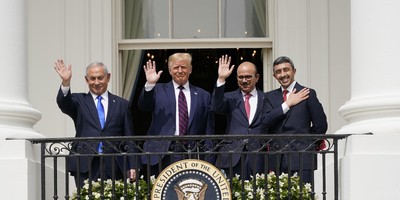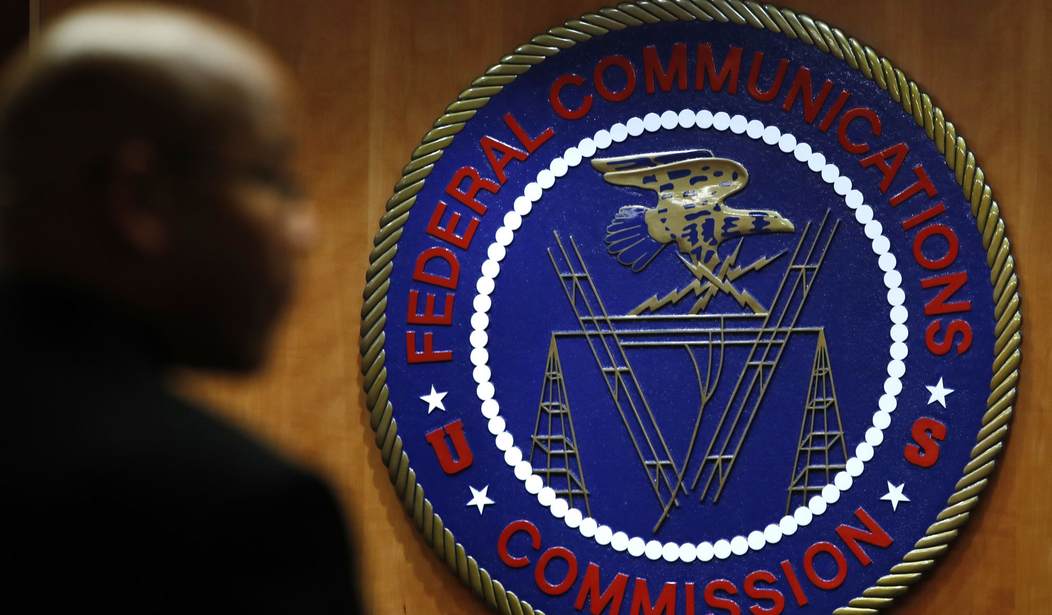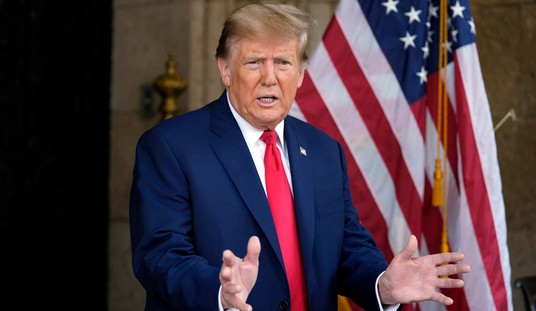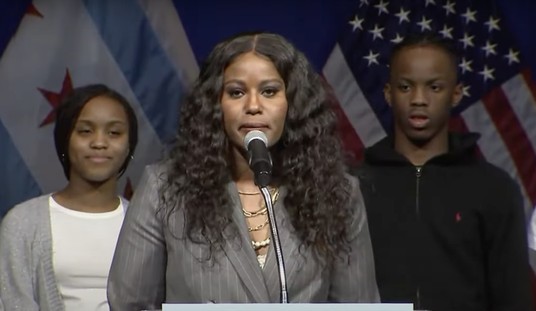Disregarding overblown concerns about the impact on safety, the Federal Communications Commission (FCC) will wisely vote on plans to modernize the 5.9 GHz spectrum band, helping close the digital divide and aiding the growth of broadband.
The new rules, which the FCC will consider at its November 18 meeting, will allow the lower 45 megahertz of that band to be used for Wi-Fi and other unlicensed practices. During the COVID-19 pandemic, the commission has allowed more than 100 wireless internet service providers to temporarily use this spectrum and the new rules would pave the way for permanent access. The FCC reports that providers have been able to extend their coverage areas, particularly in rural America, while also increasing speeds and decreasing congestion.
The FCC also intends to transition the upper 30 MHz of the band from Dedicated Short-Range Communications (DSRC) to Cellular Vehicle-to-Everything (C-V2X) technology. This should allow plenty of wireless spectrum to be used for transportation purposes.
The path to this change has proven slow, largely due to concerns from detractors like Department of Transportation Secretary Elaine Chao, who argued that a plan to remove some of this spectrum that’s now allocated for DSRC could result in more car crashes. The FCC designated the 75 MHz of the 5.9 GHz band it plans to reallocate later this month to DSRC in 1999, and the car-to-car communications plans for the spectrum have remained largely underdeveloped. Many car manufacturers have since adopted alternative technologies.
The FCC noted in a October 28 fact sheet that, “DSRC has barely been deployed, so this prime, mid-band spectrum has gone largely unused. Recently, cellular vehicle to everything (C-V2X), a newer radio technology standard incompatible with DSRC technology, has gained momentum both domestically and internationally as a means of providing safety-related transportation and vehicular communications.”
Recommended
Chao sent FCC Chairman Ajit Pai a letter in November that argued the FCC plan “jeopardizes the significant transportation safety benefits that the allocation of this band was meant to foster.”
A press release from the FCC notes that while DSRC “has done virtually nothing to improve automotive safety,” C-V2X will offer direct communications between vehicles and many other objects – not just other cars, but also light poles, cell towers, and even pedestrians (through the cell phones in their pockets.) The growth of 5G will help make this technology a reality.
The new rules have received rare bipartisan support at the FCC, with all five commissioners in agreement. Democratic commissioner Jessica Rosenworcel pointed out the number of devices that could use Wi-Fi is expected to grow from 9 billion to 50 billion over the next decade.
The move has the blessing of an ad-hoc group of companies including Google, Comcast and Microsoft (called WiFi Forward) which released a statement calling the FCC proposal a “win-win, providing airwaves for wireless broadband and innovative automotive safety applications in a way that has garnered broad bipartisan and cross-industry support."
Pai said last week that the 5.9 GHz spectrum “has lain fallow for far too long.”
“For the last two decades, the American people have waited for this prime mid-band spectrum to be put to use, and the time for waiting is over,” Pai said.
He noted the boost in Wi-Fi availability will enable increased gigabit connectivity in schools, hospitals, businesses and other facilities.
“I hope my colleagues will—once again—join me in offering the American people a new chance for automotive safety communications in the 5.9 GHz band that will actually be deployed while meeting the ever-growing demand for Wi-Fi capacity,” Pai said.
The FCC should approve the new rules at the November 18 meeting. It will better enable the expansion of high-speed internet as the demand continues to grow.
Johnny Kampis is a senior fellow and investigative reporter for the Taxpayers Protection Alliance.

























Join the conversation as a VIP Member